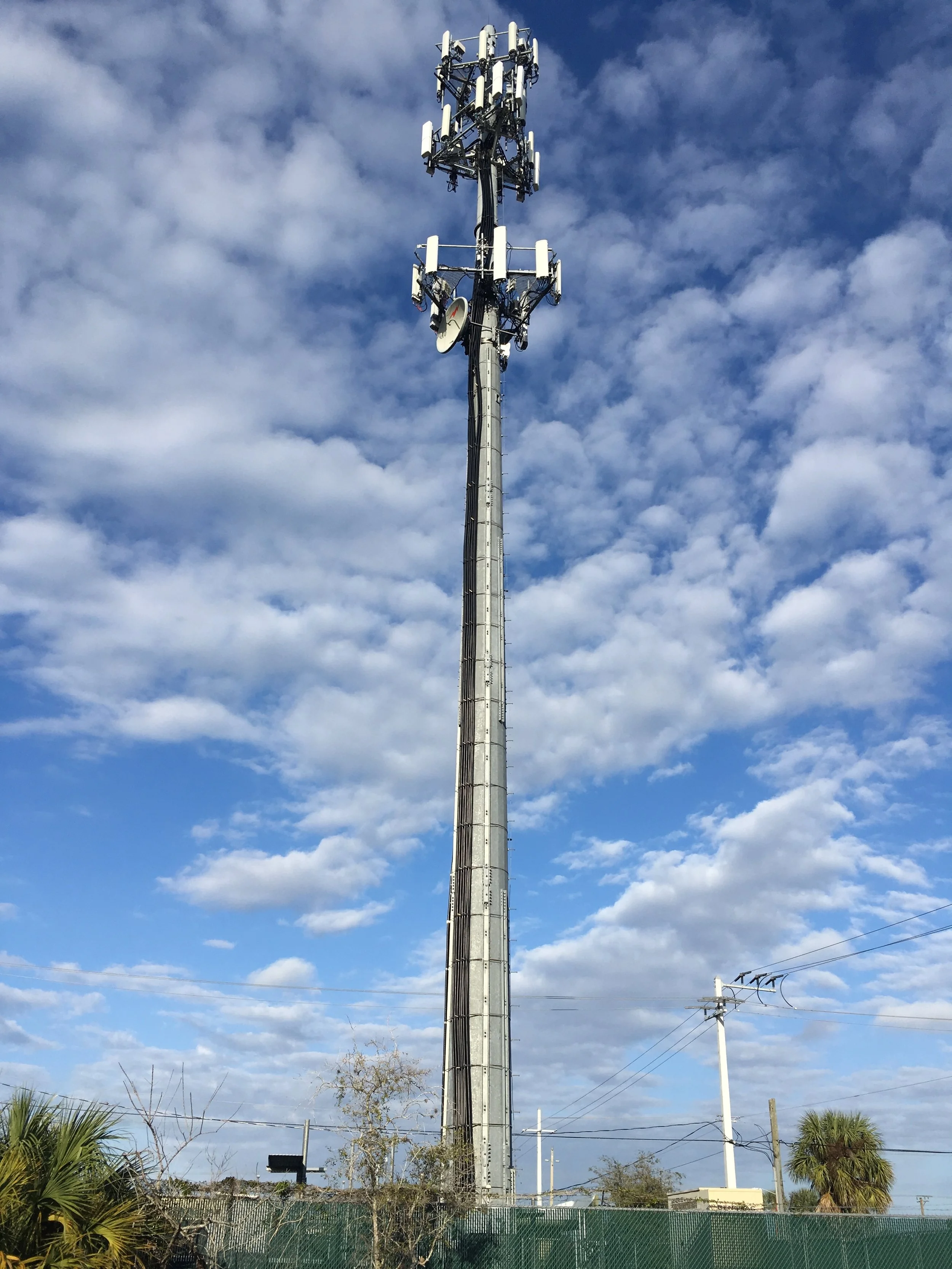Co-Ownership in Land Development
Structuring Co-Ownership in Land Development
(Picking the right partner helps)
When there is more than one investor in a land development project, provisions need to be made to secure the co-ownership interests of the parties in the real property. Correctly choosing the ownership structure provides the legal standing as to how title will be held for the real property and how business operations will be conducted moving forward.
Typical structures:
There are many ways to legally structure a project to include:
* Partnerships
* LLC’s
* subchapter S Corporations
* Trusts
* Privately Owned
The individual needs of each investor and the project entity itself need to be understood and met for best results. It should be made clear right away that determining the structure of ownership for a project can seem simple at first glance, but it may not be as simple as “let’s just put it in a LLC”.
Determining how title is to be held:
Each potential investor should personally consult with their attorney(s), tax advisor(s) and insurance provider(s), to make sure the proposed entity will meet their personal financial and personal estate needs. There is no substitute for this individual step because once the ownership entity is created there can be reciprocal responsibilities for the individual investor and the ownership entity. This includes legal, tax, liability risk, and reporting requirements.
Professional advisement on the entity:
Once the personal interests of the investors are determined, the entity to be created should account for their capabilities and preferences. This includes full disclosure of potential risks. In my opinion, the ownership entity itself and its structure should be advised upon and drafted only by a qualified attorney. Additional professional coordination is undertaken for tax and insurance implications.
Yes, it is possible to form entities yourself through filling in blanks in templates. I have never done this and do not recommend it. Why? Just one example would be a LLC’s Operating Agreement. It should be specifically tailored, not boiler plate just to satisfy the state. It governs the responsibilities and obligations of the LLC, the LLC Manager and Unit Holder’s, as well as the procedures required to maintain the operations and legal standing of the LLC. A person like me is not qualified to draft from scratch, or edit boiler plate, to responsibly create required LLC documents. At least to do it correctly.
subchapter S Corporations:
Way back when I first started, I took on an existing, closely held, subchapter S Corporation and was appointed President & CEO. The company was legally structured, recognized and operating. A required document for an s-Corp is the Articles of Incorporation, but I came to find that they were not as complete as they should have been. They did not provide for what would happen if a shareholder died. Additionally, there was no separate Shareholder Agreement as part of the Corporate Documents that would provide for this possibility. I was young and stupid and did not even think of what would happen in the event of a shareholder dying, but here’s what happened:
Bankruptcy example:
Of course, one of the company’s original shareholders died unexpectedly. As stated above, there was no Shareholder’s Agreement in place with buy-out provisions to say what would be done in the event of a shareholder’s death. Therefore, the stock ownership interest was inherited by one of his adult children who became my new shareholder.
In the course of about a year, this new shareholder was diagnosed with cancer and eventually died, so his wife became my “next newest” shareholder. It was a sad situation, since before he died the couple had filed for bankruptcy from the cost of the cancer treatments.
When the bankruptcy was settled, the federal bankruptcy court appointed a Trustee that oversaw the interests of the federal government in the corporation. I dealt with the Bankruptcy Trustee for the remainder of the project and by court order, any distributions from our company that would have gone to the bankrupt shareholder went directly to the bankruptcy Trustee instead. All for the benefit of the United States Treasury. Luckily, the Trustee was somewhat reasonable, though demanding, and my books were as clean as my grandma’s kitchen floor (as always).
What would have prevented this?
A Shareholder Agreement formed at the time of incorporation. One that provided for a forced buy out of a shareholder’s stock in the event of death would have made my life easier. I never failed to take this possibility into account going forward and structured my future entities accordingly.
But, not so fast:
Sometimes solving one problem can create another. If a shareholder’s agreement is put in place with a forced buy out and a shareholder dies, then the company must have the money to pay off the estate! In land development we front load costs, sometimes for years, with no sales revenue. If a shareholder dies early on when all costs are being capitalized, with no offsetting distributable income, the untimely death of a shareholder could literally bankrupt the company.
So how could that be prevented?
Healthy but lacking current cash, the company could carry life insurance on each shareholder naming the company as sole beneficiary. The policy would be in the estimated amount needed to buy out the obligation created by a forced buy out of a shareholder. Forced buy-outs of shareholders in a Shareholder’s Agreement typically revolve around triggering events like death, divorce, insolvency, bankruptcy or other catastrophes the forming parties decide to name. Another method besides life insurance is to define a structured pay out schedule over time with a promissory note as security.
While your mind is spinning…
Clearly, this is a good time to re- emphasize the importance of qualified legal, financial, tax and insurance representation in forming and operating an entity:
Qualified attorney(s) - Advise on formation and create all necessary and desired documents according to the appropriate statutes and laws of the state. Also, a qualified insurance attorney for that piece.
CPA or Enrolled Agent – Advise on overall financial and tax implications of the proposed entity.
Insurance Broker - A broker with agents that are fully qualified to advise on general liability, professional liability, errors and omission, and life insurance products. All to be advised upon by the insurance attorney.
Private Ownership:
Some choose to not form an entity and decide to hold their property in personal tenancy. Tenants In Common is a typical way, where two or more parties hold individual and undivided ownership interest and each party can transfer their ownership interest. I don’t care for this method since if I am in a project with Joe, he can independently crap out mid-way and sell his undivided interest to “whoever”.
There are several other tenancy options available and they depend on the state where the property is located. However, most seasoned developers form LLC’s, S-Corporations, Partnerships. Joint Ventures, or even Trusts, since there is more defined structure across the spectrum of ownership and operations, plus there can be a veil of liability protection from personal assets.
Liability:
A lot of new investors mistakenly believe that forming, say a S-Corporation or LLC, will fully shield them from all personal liability. This is not the case since there are areas of the law that can allow for piercing of the corporate veil of protection to invade personal assets. Don’t be naïve. Know and follow the laws and be wary of shortcuts proposed by others. Use professional advisement. It may be longer and harder to take the high road, but it really is the easier and softer way.
Review:
I have personally been a Trustee, LLC Manager, Corp. President and CEO, but have never been in a Partnership structure in land development. I form a separate entity around each project and in the early years they were S-Corps. Later it was mostly LLC’s, since the reporting requirements in my state are simpler. A lot of guys I see don’t pay close enough attention to the operating documents during formation and operations. As clearly described above, this can cause real but easily preventable problems. I won’t be that guy and strongly endorse the use of qualified professionals for whatever form of co-ownership is contemplated.






